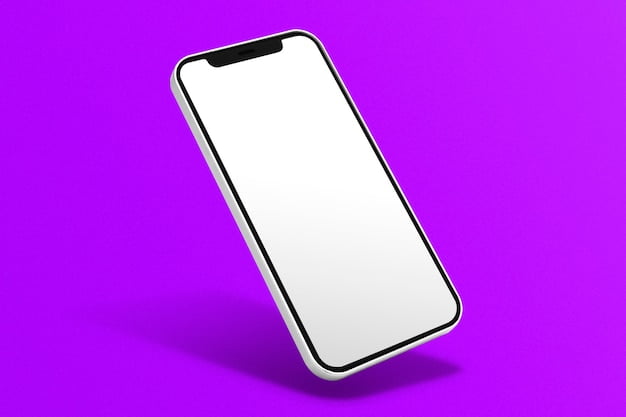Look and feel
The 5s shares the same chassis as the iPhone 5 and looks and weighs the same as well. However, there’s a subtle difference between the two. One, the home button on the 5s has a metal ring around it (which we later came to know activates the Touch ID capacitive fingerprint scanner). Also, instead of the single LED flash beside the iSight camera on the iPhone 5, the 5s comes with a dual-LED flash.
The new iPhone’s all-metal body feels premium, all the buttons seem at the right places and the headphone jack at the bottom makes sense in case you carry the phone in your pocket, like I do. No need to turn the phone over.
Switching on
For starters, the 5s comes with a brand new OS, iOS 7. But to get there one needs a nano-SIM.
If there was anything tedious about reviewing the iPhone 5s, it was getting hold of a nano-SIM. One needs to drop in at the office of one’s service provider and exchange the existing SIM for a new one. But like most Indians, that wasn’t my port of call.
Anyway, nano-SIM in place, we turned on the four-inch display of the 5s, the phone detected the Wi-Fi network (still no support for 802.11ac standard), the mobile network asked for our Apple ID and then we were asked to scan our fingerprint (up to five different prints supported).
The iOS 7 screen is brilliant and the wallpaper ‘moves’ as one moves the phone. The icons appear sharper than on iOS 6.
Touch nirvana
The Touch ID is one of the most-vaunted features of the iPhone 5s. No more does one need to type in the password to one’s Apple account for purchases on the App store. And the old four-digit PIN also exists – key that in if you have wet fingers. Of course, the Touch ID isn’t industrial-grade security but it would have been nice if one could combine the PIN and touch protection together. Those with chubby fingers might have a problem typing in the portrait mode.
Heart of the matter
At the core of the enhancements for the iPhone 5s is its 64-bit A7 chip. If we go by the processor history of PCs, this seems to be the way to go. The software that has been written specifically for the 64-bit OS is yet to arrive. In daily use, we found the processor more than holds its own among the competition. While we still can’t open two applications simultaneously on one screen, opening multiple applications didn’t lead to performance issues. Another feature of iOS 7 is by pressing the home button twice, one can access all the open applications and flick them out to stop them.
The low-power M7 processor takes care of all its motion sensors, for which the A7 is an overkill. This enhances the battery life.
The essentials
The iPhone 5s excels at calling. We were able to put our words across at the noisiest of places. The screen, while small, is good enough for use in direct sunlight as well. The only time we found the screen falling behind was when we compared it to its competition – high-end Android and Windows phones, which displayed blacks better.
The added benefits
The sensor on the 8MP camera has been bumped up and the difference is noticeable when we shoot in low light. The front camera for Facetime chats is 1.2MP, and one of the best front HD cams we’ve seen. The iPhone 5s (and any new device running iOS 7) comes bundled with iWork and iLife for free.
The battery lasts for more than a day with heavy calling, email, browsing, moderate gaming and an hour of listening to music.
Verdict
The 5s is possibly the best iPhone made till date but doesn’t offer compelling reasons for owners of the iPhone 5 to upgrade. As for Android or Windows users, if one can make do with a four-inch screen and a phone that is sure to turn heads, look no further. A caveat: Buy as much of memory on the iPhone as you can, even though it is expensive.
* RAM: 1GB
* Processor: 1.3 GHz, dual core
* Memory: 16GB internal, non-expandable
* Camera (rear/front): 8MP with dual-LED flash/1.2MP
* Battery: 1570 mAh
[“source-business-standard”]





